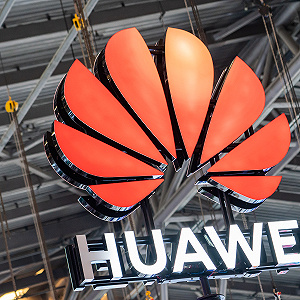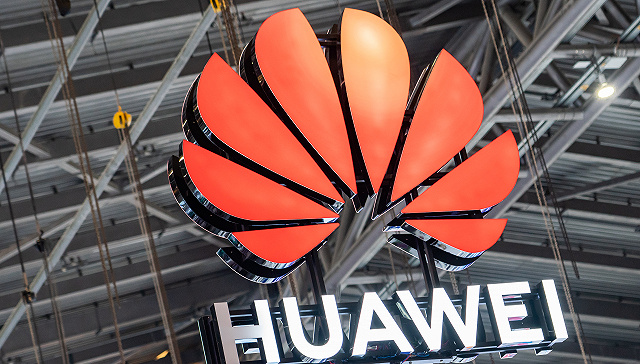By LU Keyan
Huawei has started selling its flagship smartphone Mate 60 Pro without fanfare. There was even no mention of it on Sunday’s product release, meaningfully scheduled on the second anniversary of MENG Wanzhou’s return to China after her three-year house arrest in Canada. Amid much cheering and slogan chanting, consumer chief Richard Yu showcased the company’s new tablets, smartwatches, headphones and goggles. But one thing and one thing only was on everyone’s mind, the smartphone.
The phone is a symbol of the US-China tech rivalry. Huawei was put on the US sanctions list in May 2019, which barred it from buying components and software from most foreign companies. Google had to cut off access to Android as a result. More crucially, TSMC was no longer able to supply the Kirin 9000 chips that powered Huawei’s high-end phones.
Huawei’s smartphone sales went from the world’s top two to almost negligible. But the company didn’t simply let it go. Less than six months after the sanction, Huawei released its own operating system called HarmonyOS. The first version flopped, but subsequent updates were better. (HarmonyOS 4.0 came out in August.) To conserve cash, the budget phone brand Honor was spun off at the end of 2020. Meanwhile, the company is spending more than ever on R&D. It also registered a venture capital subsidiary that focuses on semiconductors, EVs, and 5G.
There was no workaround for the lack of chips, however. Qualcomm obtained a permit from the US government to sell 4G chips to Huawei, which allowed the release of the Mate 50 series last year. The phone was specially designed to coax the best performance out of a non-top-notch chip. Production was constrained by the lack of components and money. Small distributors and retail stores had to be shut down. Richard Yu said the situation was so perilous that he sometimes had to walk until dawn to relieve stress.

The company explored all kinds of revenue sources to generate cash. For a while, it sold backpacks and umbrellas and toyed with a plan to enter the gaming business. For now, it has settled on selling smart gadgets and helping other consumer electric brands design their products.
Another important new venture is cars, although the business model has caused much confusion. Huawei has more than once clarified that it “does not make cars.” Instead, it provides partnering carmakers with design and software. So far it has signed Seres. Their joint brand Aito Wenjie delivered 75,000 cars in 2022. Yu said on Sunday that a sedan will be released in November.
As the consumer business tries to regain its footing, big changes are happening on the enterprising-facing side of the company. Huawei Cloud, which was founded in 2017, is now China’s second-largest cloud computing company after Alibaba. Another new and fast-growing business is Digital Power, which builds data centers, power facilities and IT systems for industrial clients. Founded in 2021, it brought in 50.8 billion yuan (US$6.96 billion) in revenue last year.
In 2022, the enterprise business made 133 billion yuan of revenue in total, a 30 percent growth year by year. Huawei organizes the enterprise business based on the clients’s industry. Each industry is served by a “battalion,” which consists of teams specializing in cloud computing, digital power and other products. There are now twenty such battalions covering clients such as ports, minds, solar power stations and big banks. Founder REN Zhengfei himself presides over all these battalions. He gives a ceremony when a new one is formed, the same way a commander sends an army off on a campaign.
Most Huawei employees, from executives to rank-and-file, think of their company as in “survival mode.” The main theme, since the sanction was imposed, has been self-reliance.
The new Mate60 sources 90 percent of its components from domestic suppliers, a significant increase from Mate50’s 60 percent. In April, the company announced it has developed a completely self-reliant Meta ERP system – short for Enterprise Resource Planning, which manages operations for business clients and is a core revenue for Huawei – so that it no longer uses chips made by foreign suppliers.
Huawei says it has “invested significant resources and assigned several thousand people to this project,” and calls it “the most extensive and complex transformation project [it] has ever undertaken.”





